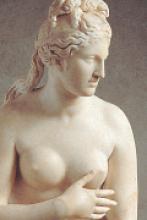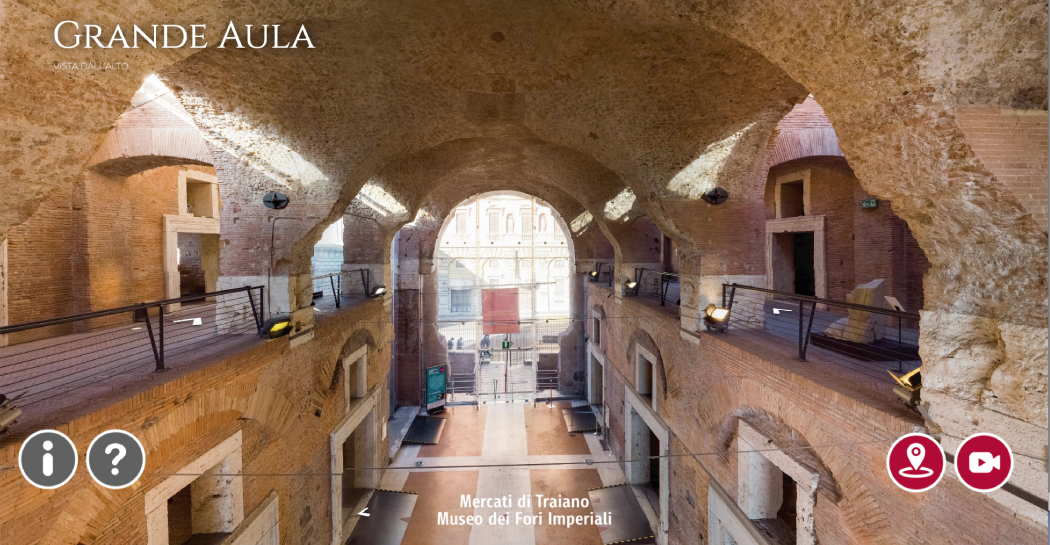Post-ancient Cistern restoration
The construction site is working on the suggestive space of the Cistern, currently accessible from the ground floor of the Great Hall.

The Cistern was built for the convent of Santa Caterina occupying the upper part of the Trajan's Markets in the seventeenth century. The works concern the renawal of the area and the construction of the floor and the machineries, in order to be able to insert the Cistern in the Museum tour.
The numerous amphorae of the Dressel collection were deposited inside the Cistern, mostly coming from excavations carried out at the end of the nineteenth century at Castro Pretorio. The inscriptions present on many amphorae, relating to their original content, were published by the epigraphist Heinrich Dressel (1845-1920), who first tried to distinguish the different shapes of these transport containers, drawing a table with 45 different types.
As part of the construction site, the movement of the 280 amphorae kept in the Cistern was also planned, to allow the work to be carried out in the area, and above all to allow their restoration or cleaning. At the end of the works, the restored amphorae will finally be shown to the public in a new museum setting, allowing visitors to catch the great variety of shapes. Their shape depended on the type of goods transported (wine, oil, fish sauce, or garum) and the region they were manufactured in (and which region the goods transported came from) and then changing over time. Particular attention will be paid to the inscriptions (from those painted in red on the neck to those imprinted on the handles), which could relate to the content, or the "company" exporting it, or even the date.
Five specimens of amphorae intended for the transport of oil from the Iberian Peninsula, already restored, are temporarily exhibited for the duration of the work in the last room of the Museum on the first floor. Those ones belong to the type whose fragments being thrown away after their arrival produced Mount Testaccio in Rome, the so-called "Dressel 20".
During 2015, the renewal of the area was completed and 128 examples of Roman amphorae kept at the Trajan's Markets were set up inside. The core of the collection is represented by the specimens excavated at the end of the nineteenth century at the Castro Pretorio and studied by the German epigraphist Heinrich Dressel, who first drew a table with the different shapes of these containers.
Some of the specimens from Castro Pretorio, taken as a model for the Dressel table designs, were exhibited next to the table design on one of the Cistern walls.
The other walls host numerous specimens of complete or almost complete amphorae, divided by production (from Italy, the Iberian Peninsula, the coasts of Africa and the Middle East): through the different shapes of the containers, an overall view of the evolution of the trade and economy of the Roman world from the Republican age to the fall of the Roman Empire is shown.
A video introduces the new exhibition, telling the story of Heinrich Dressel and the amphorae he found and studied at the end of the nineteenth century in Castro Pretorio, as core of the Trajan's Markets collection.
Dressel and the amphorae












































